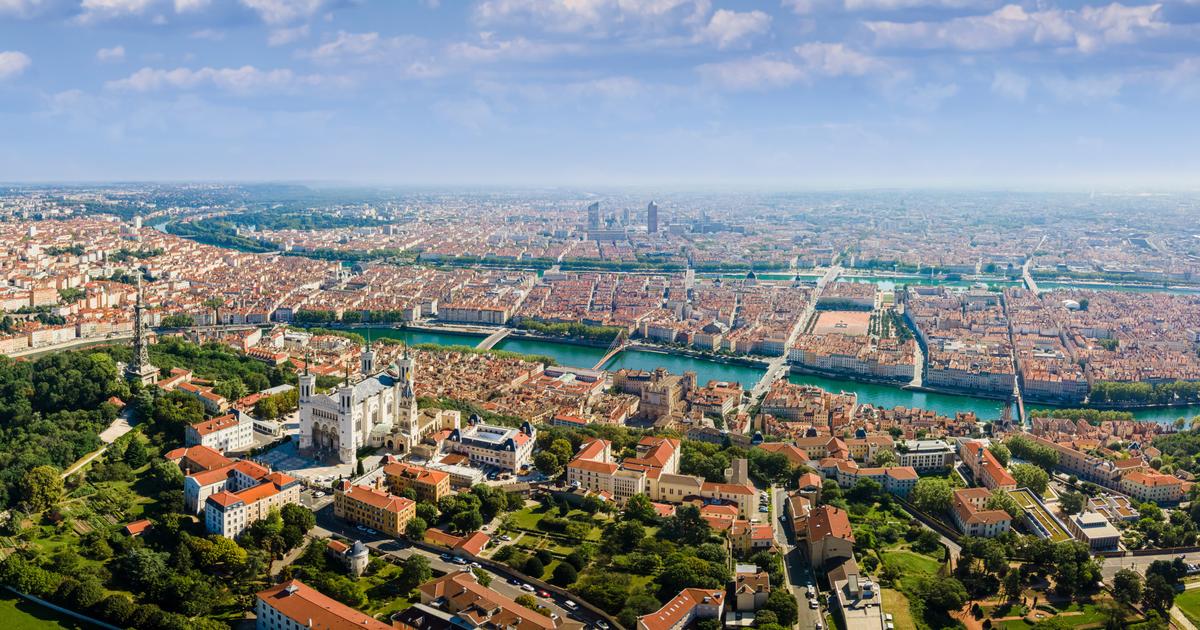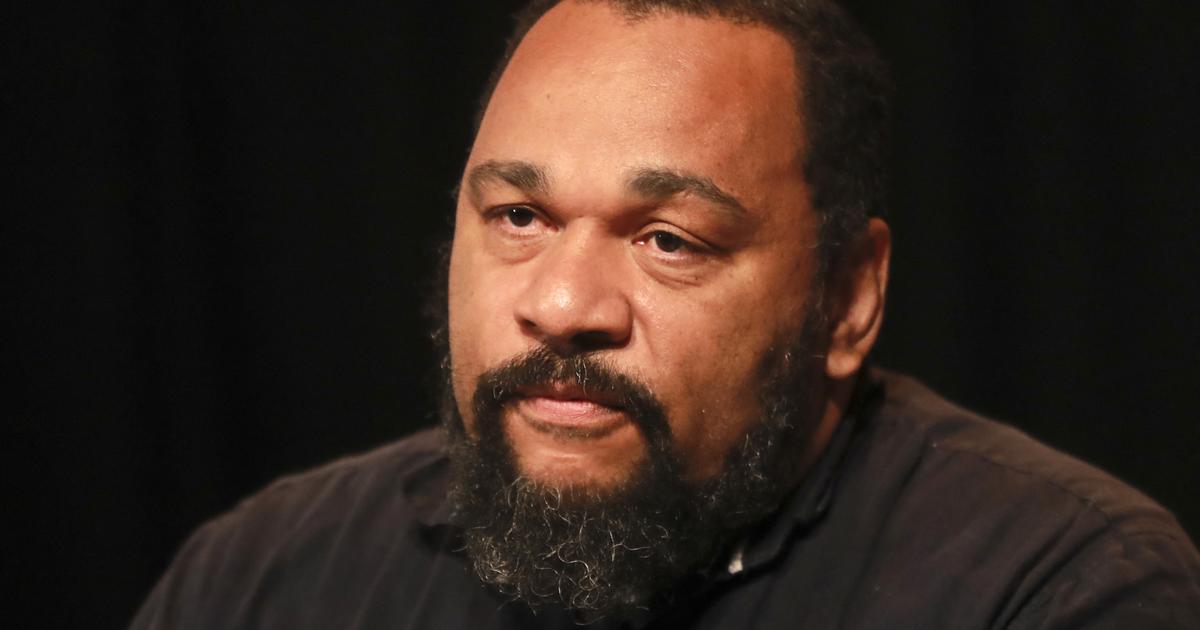As a landlocked country, Hungary is centrally located in Europe and consists for the most part of a plain.
The central European landlocked country
Hungary
is shaped by the Danube and a large, fertile lowland.
Today, a
population
of around 9.7 million
lives in the Hungarian national territory
, almost a fifth of them in the capital Budapest.
The
history of
Hungary is characterized by the rule of the Magyar princes, membership of the Vienna dual monarchy and the communist regime installed by the Soviet Union.
Gran - On August 17th, 1000, an envoy from the Pope crowned the Magyar Prince
Stephan
as the first King of
Hungary
.
This went as
Stephen I, the Holy
in the
history of
one.
Even today he is honored by the
population
on the Hungarian national holiday, August 20th.
Not only did he found the Kingdom of Hungary, he also converted its pagan population to Christianity.
Hungary: The story from the beginning to the end of the Middle Ages
At the end of the 9th century Hungary was settled by the Magyar tribe.
They were led by the
Grand Duke Árpád
.
From Hungary these warriors carried out raids in different parts of Europe.
Otto I put
an end to
this way of life and economy
: he defeated the Magyars in 955 on the Lechfeld.
Five decades later,
Stefan I
was crowned king and organized his kingdom on the model of the Carolingian Empire.
He divided the country into different counties.
A relatively peaceful epoch that lasted two centuries was followed by the massive attacks of the Mongolian Golden Horde in 1241/1242.
Under the leadership of
Batu Khan
, they killed large parts of the
population
and devastated the country.
Then
King Bela IV brought
Swabian settlers to Hungary to rebuild the country.
By
Andrew III
died in 1301 the last ruler of the House of
Árpád
.
In the following centuries, changing royal houses ruled the country, including the
Anjou family
and Polish rulers.
The Ottomans conquered large parts of the Balkans and Central Europe in the 16th century.
Hungary was also incorporated into the Ottoman Empire.
Hungary: The Story from the Beginning of Modern Times to the First World War
It was not until nearly 145 years after the Ottoman occupation succeeded the
Hapsburgs
,
Hungary
freeing again.
However, they exercised their rule in such a way that there were constant conflicts with the
population
.
These accumulated in the Kuruc uprisings of 1703 and 1711, which were suppressed by Austria.
Even after that, the situation between the Hungarian population or nobles and the Habsburg rulers remained tense.
Only
Franz Josef I was
able to achieve pacification by creating the so-called Austro-Hungarian Compromise in 1867.
This made Hungary part of the Austro-Hungarian Dual Monarchy,
Franz Josef I
was crowned King of Hungary.
In the last third of the 19th century, this reform created the conditions for a long-lasting economic boom in Hungary.
The country experienced industrialization and developed intensive trade relations with other
states of
the Danube monarchy.
However, there were still domestic political tensions, which were mainly caused by the attempts at autonomy of various ethnic minorities, such as the Slavs and Romanians.
In addition, there was great economic inequality between the ethnic groups.
Hungary: The epoch from World War I to the end of World War II
Hungary
lost the First World War
as part of the Hungarian-Austrian dual monarchy.
The Habsburg empire fell and the last Habsburg emperor,
Charles I,
did not abdicate immediately in 1918, but refrained from influencing all government affairs.
Because of the divided ethnic groups in Hungary, the victorious powers decided
to smash
the
state
.
In the Treaty of Trianon, Hungary lost two thirds of its national territory to its neighbors, above all to Romania and the newly founded Czechoslovakia.
This rearrangement of the borders meant that larger Hungarian minorities still live in different states today.
On November 16, 1918, after the end of the Danube monarchy, the First Hungarian Republic was proclaimed.
Mihály Károlyi was
elected
as the first Prime Minister of the state
.
Only six months later, on March 21, 1919, communists took power in Hungary.
They founded a council republic.
Hungary tried to recapture the lost territories in the years after World War II.
However, this project failed because Hungary had to surrender to the Red Army.
The Soviet armed forces invaded the country and ended the council republic.
After their withdrawal there was an attempt to restore the monarchy, which was unsuccessful.
Hungary: From World War II to the Present
Hungary came
closer to the National Socialist regime and initially fought on the side of the German Wehrmacht during World War II.
In the course of the war, the Hungarian government turned away from Germany and was then occupied by the German Wehrmacht.
Immediately after the Second World War, the Soviet Union exerted influence on the Hungarian government.
They installed a communist regime.
Against this, the
population rose
in the popular uprising of October 23, 1956, which was bloodily suppressed by Soviet troops.
After that Hungary remained in the further course of
history
in the sphere of influence of the Soviet Union until it collapsed from the 1989th
The first free elections were held in 1990.
Hungary joined NATO in 1999 and became a member of the EU on May 1, 2004.
Hungary: State and Politics
The Hungarian
state
is based on the constitution of January 1st, 2012. It constitutes
Hungary
as a republic with the president as head of state.
He is elected every five years.
The executive branch is exercised by the government, it consists of prime ministers and ministers.
The Hungarian parliament passes the laws.
Viktor Mihály Orbán has been
leading the country's fate as Prime Minister since 2010, previously he held this office from 1998 to 2002.
Because of its nationalistic and xenophobic attitude it is
controversial
in the Hungarian
population
and also in the EU.
Viktor Orbán belongs to the right-wing conservative and populist Fidesz party.
In addition, these larger political parties shape
politics
in Hungary
:
Movement for a better Hungary
Hungarian Socialist Party
Christian Democratic People's Party
Hungary: population and language
In
Hungary
currently (as of 2020) is home to around 9.7 million inhabitants.
Due to a very low birth rate, the
population
has decreased by half a million in the last 20 years.
The largest ethnic group is the Magyars with over 90 percent.
The second largest ethnic group are the Roma, but the exact number can hardly be determined.
In addition, there are significant numbers of these minorities:
Danube Swabia
Croatians
Slovaks
Hungarian is the official language and at the same time the most widely
spoken language
in the country
.
It is an Uralic language which, due to its different origins, is very different from Indo-European languages such as German or English.
Rather, it has similarities with Finnish, another Ural language.
Hungary: geography and big cities
Hungary
consists to a large extent of a low plain that is partially structured by hills.
Their fertile soils enable intensive agriculture.
The Danube crosses Hungary and shapes the
geography
.
In western Hungary lies the Balaton or Lake Balaton, which is the largest flat lake in Europe.
Budapest is the capital of the
State of
Hungary.
It has almost 1.8 million inhabitants, making it the most populous city in the country.
Other
cities
are (as of 2017):
Debrecen with around 202,000 inhabitants
Szeged with around 161,000 inhabitants
Miskolc with 157,000 inhabitants
Pécs with around 145,000 inhabitants
Győr with around 129,000 inhabitants
Nyíregyháza with around 118,000 inhabitants
Kecskemét with around 110,000 inhabitants









